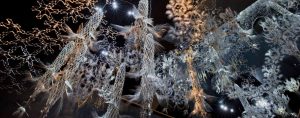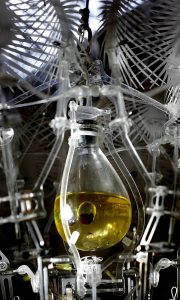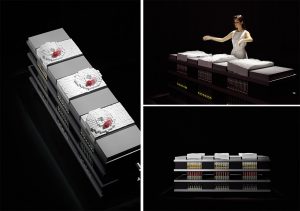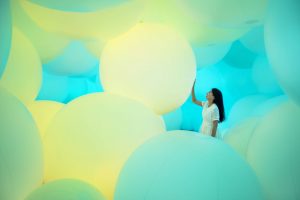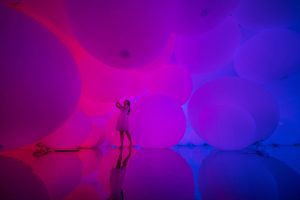2016 AICP Sponsor Reel – Dir Cut from Method Studios on Vimeo.
This video was made by AICP, the Association of Independent Commercial Producers, a studio based in New York and Los Angeles. While I do not know what particular software they used to make this video, I do have an idea of their process. They used dancer and mapped their movements onto the computer. With the shape and movements of the dancers captured, they mapped on different textures and played with it, with the accompaniment of music, to create an amazing video. I believe this project to be just an experiment to test their texture mapping abilities. With it’s success, the studio would likely be able to texture map almost anything, given the complexity of the human body and it’s movements.
![[OLD FALL 2017] 15-104 • Introduction to Computing for Creative Practice](https://courses.ideate.cmu.edu/15-104/f2017/wp-content/uploads/2020/08/stop-banner.png)

